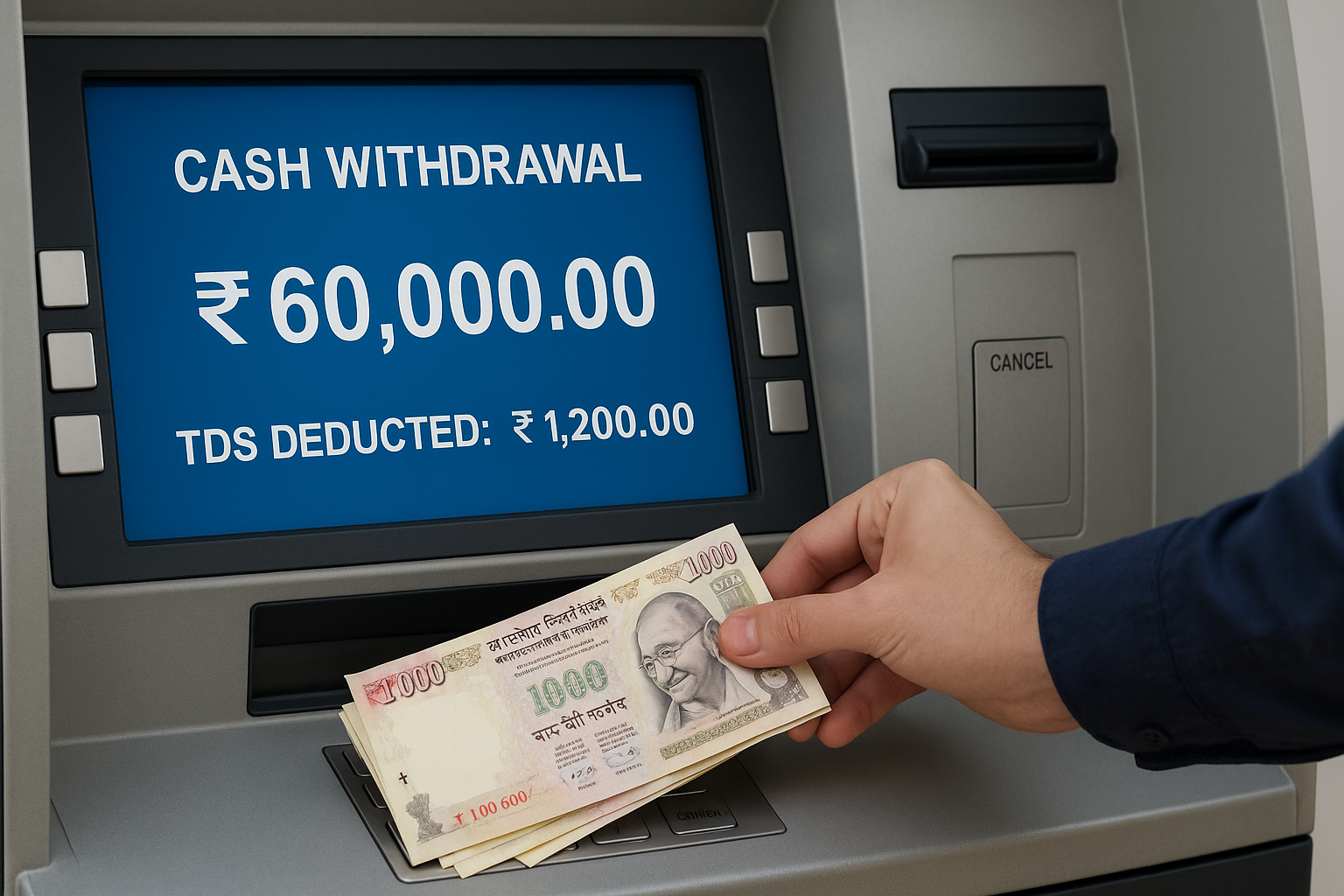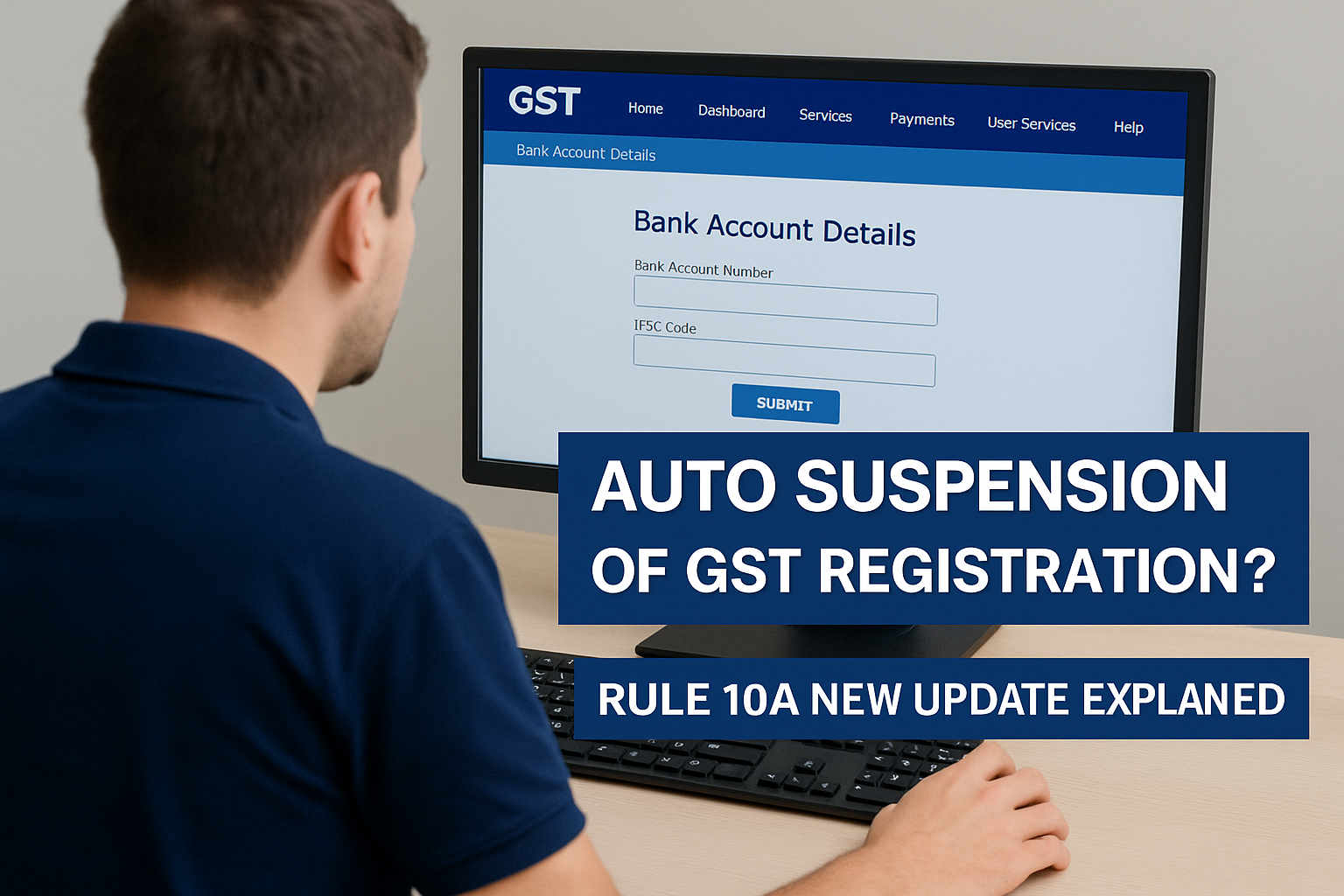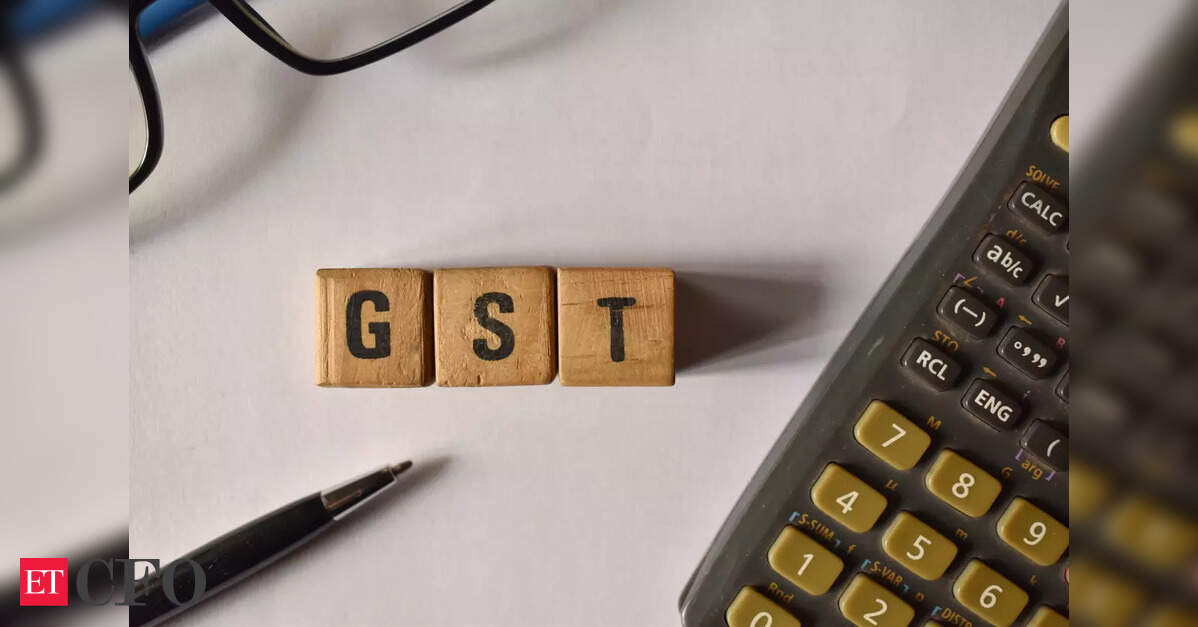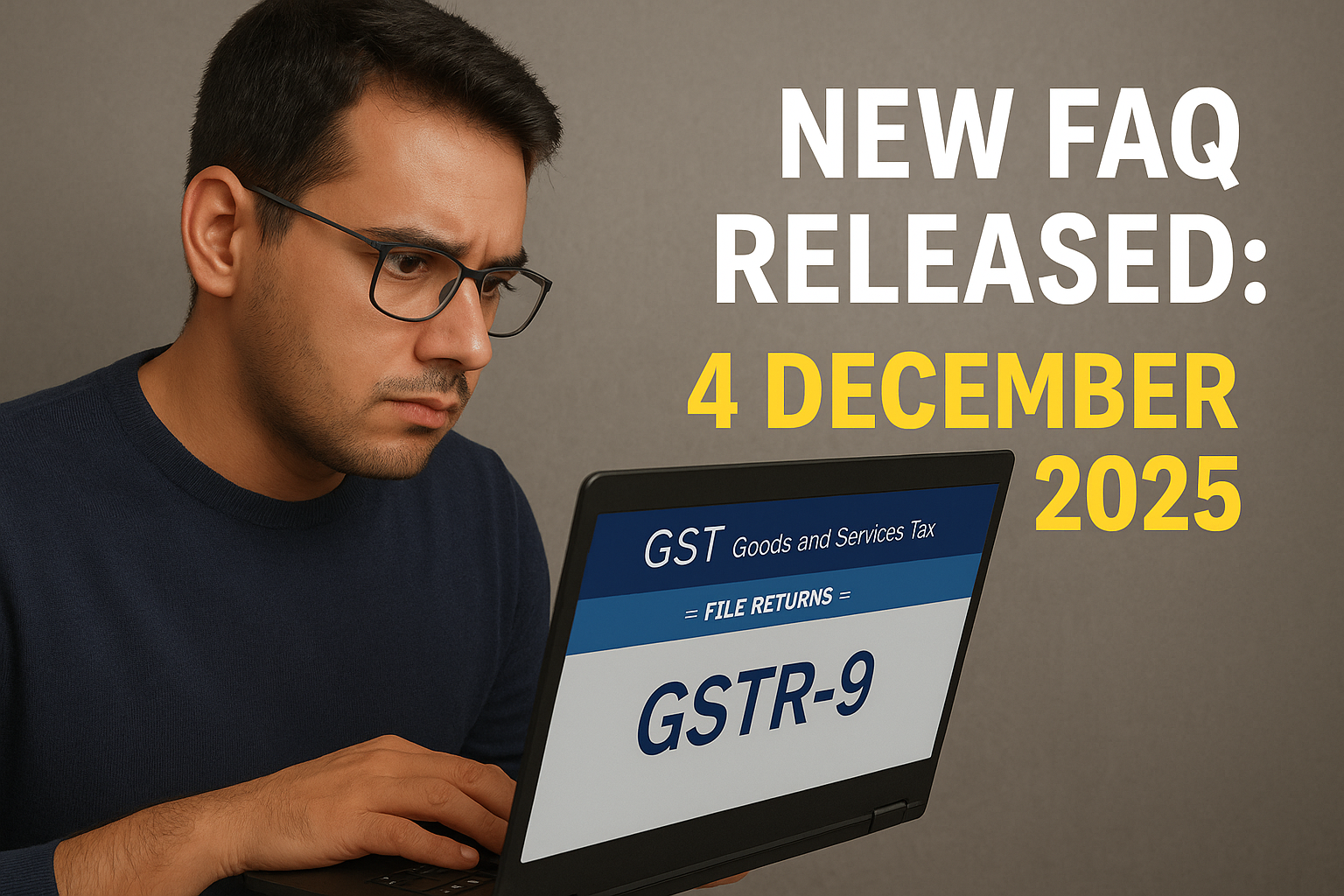Section 194N was introduced to discourage high-value cash transactions and promote a transparent, digital economy. This section mandates TDS on cash withdrawals made from a bank, co-operative bank or post office, once the withdrawal amount crosses prescribed limits in a financial year. It impacts individuals, HUFs, firms, companies, trusts and many other entities, and therefore, a clear understanding is essential for proper compliance.
Applicability of Section 194N
Section 194N applies when cash is withdrawn from:
- Any scheduled bank
- A co-operative bank
- A post office
TDS is deducted by the bank/post office at the time of cash withdrawal when the aggregate amount during the financial year exceeds the threshold.
It applies to withdrawal through:
- Self cheques
- Bearer cheques
- ATM
- Counter withdrawal
Digital withdrawals and transfers do not attract TDS.
Threshold Limits and TDS Rates
TDS rates under Section 194N depend on whether the taxpayer has filed Income Tax Returns for the preceding three assessment years.
A. If the person has filed ITR for any or all of the last three years
- No TDS up to ₹1 crore aggregate cash withdrawal in a financial year.
- 2% TDS on the amount exceeding ₹1 crore.
Example:
If withdrawals total ₹1.30 crore → TDS @ 2% on ₹30 lakh.
B. If the person has not filed ITR for all three preceding years
- 2% TDS on withdrawal above ₹20 lakh up to ₹1 crore.
- 5% TDS on withdrawal above ₹1 crore.
Example:
Withdrawal = ₹1.50 crore
→ 2% on ₹80 lakh (20 lakh to 1 crore)
→ 5% on ₹50 lakh (beyond 1 crore)
Exemptions under Section 194N
No TDS is deducted when cash withdrawal is made by:
- Central or State Government
- Banks, co-operative banks and post offices
- Business correspondents of banks
- White label ATM operators
- Any person or class of persons notified by the Government
- Certain commission agents/traders withdrawing cash on behalf of farmers (as notified)
These exemptions ensure smooth functioning of essential services and banking operations.
Practical Working of Section 194N
How banks calculate TDS
- Banks track aggregate cash withdrawals across all accounts held by the person.
- TDS is automatically deducted when the threshold is crossed.
- PAN is used to monitor whether the person is an ITR filer or non-filer.
- Banks may ask for a declaration of ITR filing status to apply correct thresholds.
- TDS appears in Form 26AS or AIS and can be claimed by the taxpayer in ITR.
6. Important Examples
Example 1: ITR filer
Mr. A (filed ITRs) withdraws:
- ₹40 lakh
- ₹35 lakh
- ₹30 lakh
Total = ₹1.05 crore
TDS = 2% on ₹5 lakh = ₹10,000
Example 2: ITR non-filer
Ms. B (no ITR filed for 3 years) withdraws ₹55 lakh.
TDS = 2% on (55 lakh – 20 lakh) = ₹7,00,000
If she withdraws ₹1.40 crore:
- 2% on ₹80 lakh
- 5% on ₹40 lakh
Key Compliance Points for Professionals
- Ensure client’s ITR filing is up-to-date; otherwise, higher TDS applies.
- For cash-intensive businesses, prepare a yearly cash withdrawal plan.
- Monitor withdrawals across multiple accounts in the same bank.
- Cross-check TDS under Section 194N in Form 26AS/AIS.
- Maintain proper documentation for audit, especially for entities withdrawing large amounts.
- Educate clients that TDS is not an extra tax—it is adjustable/refundable in ITR.
Common Mistakes to Avoid
- Assuming each bank gives a separate ₹1 crore limit — threshold is bank-wise, not account-wise.
- Believing TDS applies only at year-end — it applies the moment the threshold crosses.
- Confusion between ITR filer and non-filer status.
- Not tracking cash withdrawals across branches of the same bank.
- Thinking TDS is a loss — it is adjustable.
Visit www.cagurujiclasses.com for practical courses











